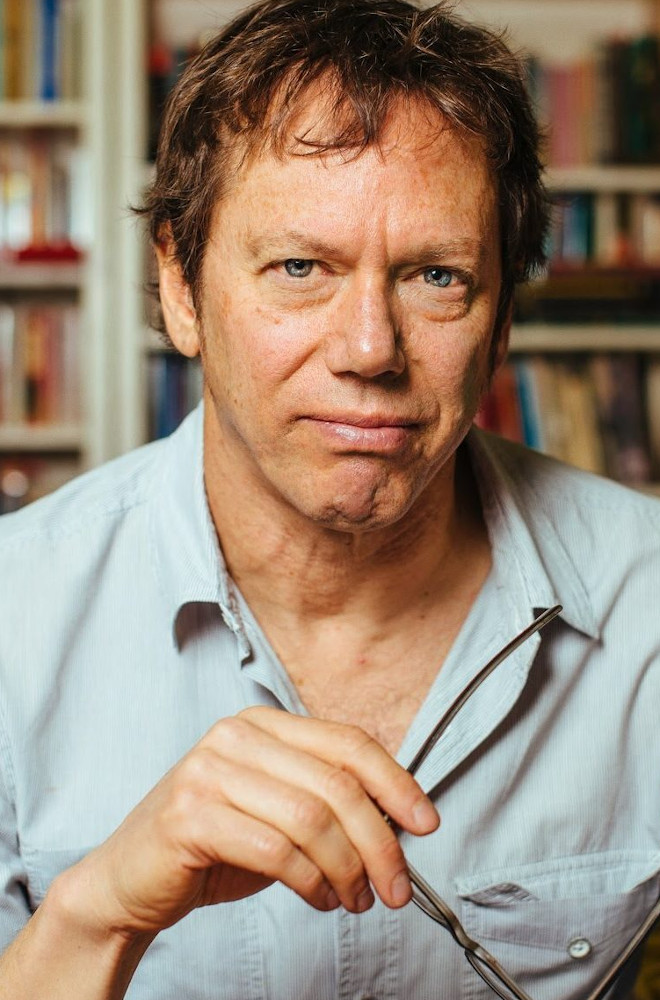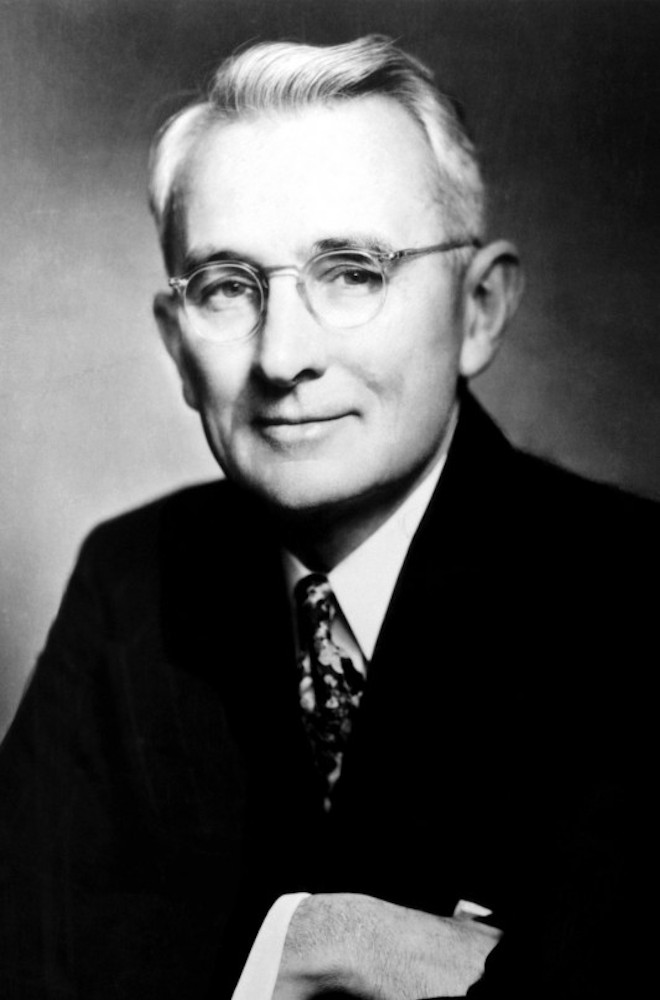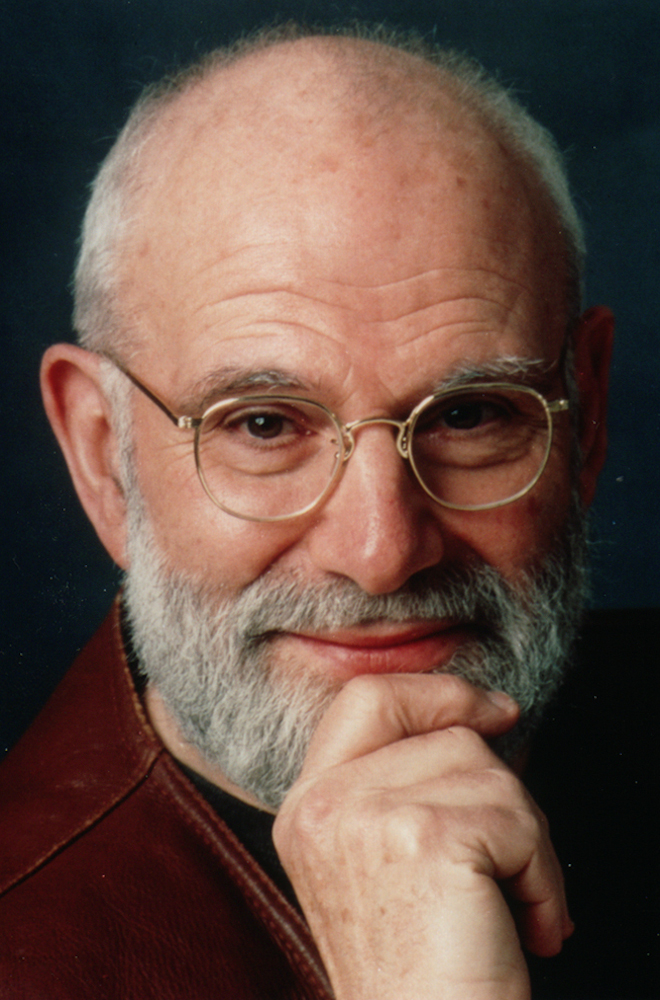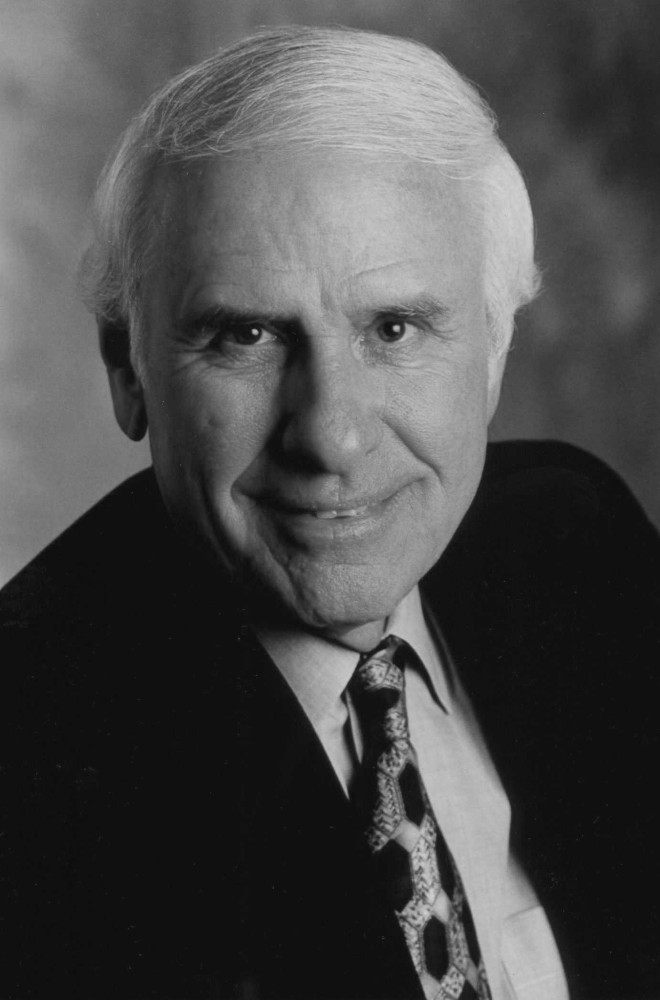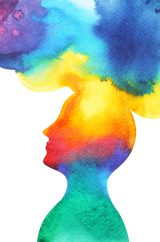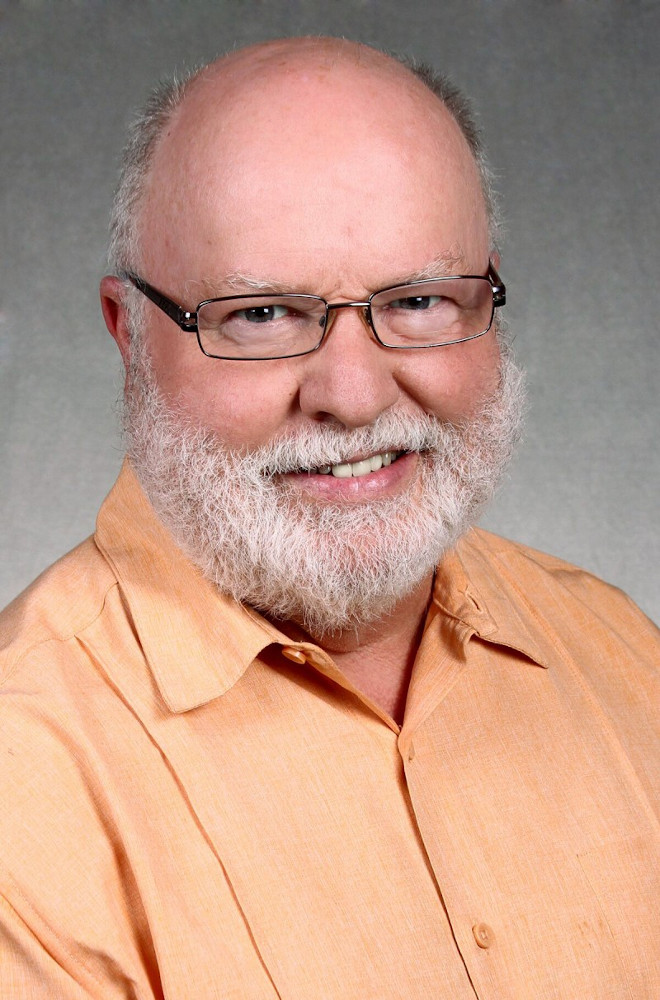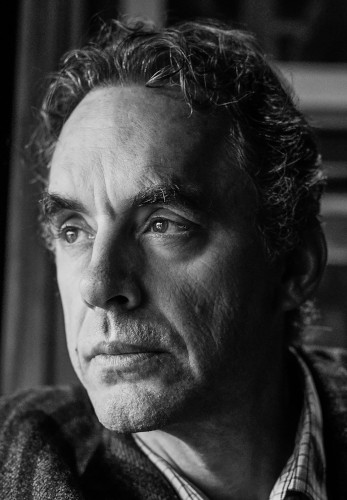 Bio
Bio
Jordan Bernt Peterson was born in 1962 in Alberta, Canada. His mother was a librarian and his father a school teacher, so it’s easy to see where Peterson gets his academic genes from.
An Inquisitive Child
He grew up Christian, but he has admitted that he soon grew dissatisfied with the explanations religion gave regarding the bigger questions in life. After he finished his B.A. in Political Science at the University of Alberta, he decided to take a gap year and travel through Europe.
Best Jordan Peterson Books
| Photo | Title | Rating | Length | Buy |
|---|---|---|---|---|

|
Maps of Meaning | 9.72/10 | 564 Pages | Check Price On Amazon |

|
12 Rules for Life | 9.64/10 | 448 Pages | Check Price On Amazon |

|
Beyond Order | 9.96/10 | 432 Pages | Check Price On Amazon |
Study of the Mind
His year abroad exploring the Old World proved to be life-changing. There he came into contact with the works of Jung and Nietzsche, sparking his life-long interest in the field of psychology.
When he returned home, he got his B.A. in psychology and then a Ph.D. in the same field of study. For six years, from 1993 to 1998, he also taught and did research at Harvard University, though he finally decided to move back to his native Canada and became a full-time professor at the University of Toronto. He has also kept up the clinical practice, giving psychological support to a small number of patients.
Controversial Thinking
Aside from his books, which you can read about in this Jordan Peterson book review, his critical opinions regarding political correctness also put him on the map. He criticized Bill C-16, a bill to amend the Human Rights Act in Canada, stating his opposition to political correctness and identity politics.
Love him or hate him, there is no denying that the man has dedicated his entire life to researching the human mind. The fruits of decades of hard work are reflected in this best Jordan Peterson book list, where you can find a review and information on the top-selling works penned by him.
Maps of Meaning

 A Quest for The Truth
A Quest for The Truth
What started as a quest to obtain answers to the questions all inquisitive children have as they grow up turned into one of the best Jordan Peterson books. With time.
After all, it did take him almost 13 years to complete it, but as my grandmother used to say, “if you do a good job, no one’s going to care how long it took.” It’s not a popular belief in this instant gratification, one-click-away society, but the Canadian psychology expert clearly followed that golden rule.
Unsatisfied
How did it start? Peterson himself has stated that growing up Catholic, he soon started to grow unsatisfied with the Christian explanations for some of his more pressing and existential concerns. For a while, he dabbled in politics, hoping to find the answers there.
When he traveled to Europe for a year, he studied the Holocaust and the Gulags of the former USSR and wondered how the human race was capable of such horrendous feats against its own kind. Then, he discovered Carl Jung. And Solzhenitsyn. Finally, he felt he was getting the much-needed answers. And so, Maps of Meaning started to take shape.
Mind Maps
What’s the meaning of this best Jordan Peterson book’s title? The maps Peterson is referring to are what he calls “mind maps”. What, exactly, is a mind map? Glad you asked.
In this one of the best-selling Jordan Peterson books, the author tells us that humans do not view the world as a “place of things”, but rather a “forum for action”, i.e. our worldview is not empirical, but rather phenomenological. We see our surroundings as space where we need to act.
Action Precedes the Idea
This ties in with Peterson’s theory that “action precedes the idea”. What does he mean by this? The point the Harvard professor is trying to posit is that before we can understand the world we live in, we are forced to act in it.
When you are two or three, you have no idea what’s going on (this cluelessness can actually span decades, who truly understands the world?); still, you have to interact with your surroundings. You need to react to your environment.
In order to navigate a world where the blind are basically leading the blind, our mind creates maps. But instead of land and water, it charts geographical phenomena by dividing it into “known” or “unknown” territory.
The Basic Battle
This leads us to the central argument in this one of Jordan Peterson’s best books to read: the battle that rages between what’s known and unknown.
Known territories in our mind maps are represented by what we would call “order”. In other words, a behavioral or conceptual model that we’ve created in our mind and that we comprehend. The Known is good. The Known is familiar. When things go according to the Known, things are going well.
The Unknown is the polar opposite. It’s “chaos”. It’s everything that lies outside our realm of comfort, control, predictability, etc. Walking through the Unknown triggers every button for fear, and, ultimately, hate towards anything and anyone that represents it.
Existential Reality
This battle is the fulcrum of one of Jordan Peterson’s recommended books because the author goes on to explain how reality, existential reality, is actually constant chaos. However, as humans, we have a psychological need to feel the order, and that’s exactly why we create culture.
Culture is nothing more than our attempt to organize the continuous stream of unpredictability that is life. And our attempts to do so are constrained by the mind’s neurological tendency to create the mentioned maps. This is why all cultures tend to exhibit similar characteristics.
This is one of Jordan Peterson’s best psychology books because it represents the culmination of his decade-long foray into the human psyche.
Legends and Myths
And what role do myths play within the mind maps? In one of the best dr. Jordan Peterson books, he tells us that constitute an allegorical “blueprint for action”. They focus on a part of reality, instead of concentrating on the fullness of the human experience and manage to isolate it and, through archetypes and heroes, tell us how to act.
According to Peterson, they are particularly dangerous because they do tell a partial truth, which resonates with those that follow the myth, but by trying to stuff reality into the rigid box of the “known” myth they annihilate other forms of existence.
This, then, leads to violence, in an attempt to squash all threatening forms of the unknown. That is what the more extremist manifestations of politics (dictatorship, totalitarianism, etc.) managed to do.
Good vs. Evil
What’s the difference between good and evil? As mentioned, one of the motivations behind writing one of the most popular Jordan Peterson books (so far) was discovering why evil existed in the world. What’s the origin story for the monstrous atrocities that humankind has committed? How can you explain that it is precisely, and ironically, humans, who came up with notions as inhumane as concentration camps or gulags?
Well, in what many still hold to be Jordan Peterson’s best book, the author pinpoints the location of these despicable acts in our neuropsychology. Going back to the Known vs. the Unknown territories or “maps” in our psyche, the choice of whether to be good or evil will depend on how the individual confronts the constant changes from one to the other.
Quest For Self-Knowledge
The Canadian doctor in psychology believes that when we, the individual, decide to embark on the quest for humble self-knowledge and inquiry, we act in ways that are good. This path allows us to try to understand what is unknown to us, to try to approach any anomaly in our mind maps with caution but in such a manner that we turn it into a new resource or pattern of behavior that could be beneficial for us.
And where does that leave evil? Evil is the opposite. It’s when an individual decides to view the anomalies with arrogance when there is no inner exploration. The hiccups in their world view are simply discarded or ignored, tossed aside as useless, and the outside world is viewed as the enemy.
We Get to Choose
One of Jordan Peterson’s great books to add to your must-read list for anyone who is interested in the deep motivational reasons that drive humanity’s most violent acts explained through the lens of modern psychology and neurosciences.
Be ready to put your thinking cap on when you leisurely peruse the pages of this book; it is densely packed with information, and you’ll find yourself stopping to mull things over every once in a while. If you like your intellect and worldview tickled and challenged, this book was definitely written for you.
12 Rules for Life

 12 Simple Rules
12 Simple Rules
You might be a fan of Peterson and his unique philosophy, but perhaps you’re not as academically inclined as a Harvard professor with a doctorate in Psychology – let’s be honest, few people are – and prefer that your reading wish-lists contain somewhat “lighter” reads.
No shame. There are many of us out there, and if you feel identified, this may well be one of your favorite Peterson books. It compiles his famous way of thinking but is explained in a simple manner.
Everyday Use
Decades worth of scientific research and psychological clinical practice have been made accessible to everyone, and packaged and delivered in such a way that they are practical. Apt for everyday use.
That’s what the 12 Rules for Life are. Simple, but scientifically proven, forms of action that can radically improve your life.
Psychology and Science
The style of this one of Peterson’s best books has been praised thanks to its ability to entertain. It’s quite different from his first book, Maps of Meaning. 12 Rules for Life is written in a story-telling approach, not as cerebral, and includes a much more personal touch from the author.
That is why it’s been quickly categorized as almost a self-help book, albeit one that contains a lot of scientific facts about anthropology, mythology, and biology – including a riveting story about how Rule no. 1 “Stand up straight” can be traced back to lobsters. Didn’t think you’d have much in common with these crustaceans? Think again.
Practical Advice
The Rules are simple and are mostly allegoric. Rule no. 12, “Pet a cat when you encounter one on the street” is not a compendium on how to socialize with felines, but a rule that wishes to remind us that we must always be grateful and enjoy the little, mundane events in life.
These rules must not be taken literally – especially for readers with a cat allergy – but rather are meant to make readers reflect and bring about changes in their life. That is why this is one of the most recommendable and best Jordan Peterson books for those that seek, above all else, the knowledge that can easily be transformed into life-altering practices.
It’s Not Your Fault…
But it is your responsibility. That’s the point that this one of the best-rated Peterson books is trying to drive home. To some, this may sound confusing. Why, they may ask, is something my responsibility when it isn’t my fault? Don’t the two pretty much go hand in hand?
Not necessarily, and this one of the top Peterson books isn’t even trying to be preachy. He’s giving readers advice destined to make them lead fuller, more fulfilled lives.
Out of Our Control
Tied in with his theory of chaos, which readers of the Maps of Meaning will be familiar with, the author wants us to understand that so much is out of our control. That we live in a constant to-and-fro swing between Order and Chaos. And that’s all right. And that’s not our fault, that’s how life works.
It is our responsibility to be the best version of ourselves throughout it all. To constantly strive to improve our moral and ethical integrity, and as he explains in rules such as Rule no. 6, “Set your house in perfect order before you criticize the world” or Rule no. 2 “Treat yourself like you are someone you are responsible for helping”. You are your biggest project.
Don’t Chase Happiness
I know, this one doesn’t fit the mold, does it? Don’t most self-help books peddle joy and how to live a happy life? The scholar’s beliefs have little interest in fitting the mold, so it’s no surprise that one of the best books by Peterson doesn’t follow suit either.
But, why not chase happiness? Why bother reading this book if it won’t teach us how to be happy, you may wail.
Not an End
Because happiness isn’t a goal. It’s not an end in and of itself. It’s a by-product of leading a meaningful life – meaning, that’s what you should chase. Or, as Rule no. 7 puts it: “Pursue what is meaningful (not what is expedient)”.
If you want flowers, you tend to the seeds, the earth, the water, the fertilizer, the sun. Then the flowers come. You want to be happy? Tend to a purposeful and meaningful life. And watch joy unfold.
Beyond Order

 Why Beyond Order?
Why Beyond Order?
The last book on our Peterson list of books is Beyond Order. This title is not yet on the list of Jordan Peterson books for sale, as its release date is set for 2 March 2021, but it can be pre-ordered already. Click the pre-order button and let the excitement start building. It’ll be released in audiobook, ebook, and print editions.
This sequel to 12 Rules For Life contains a further dozen rules that, as Dr. Peterson himself states, the author hopes will help people lead more fulfilled lives. And why the title? Well, as readers of Peterson’s best-selling book 12 Rules know, order is explored territory.
It’s the part of reality where we believe our theories about the world are still accurate and are upheld. But all orders have flaws, and the ones we’ve made up more so. Because, what do we really know about the universe?
Move Towards Chaos
Hence, why Peterson welcomes us to move from Order into Chaos. Because, whether we want to move in that direction or not, Chaos is always there and will always leap at us. What will really make a difference in the quality of our lives is how blind we wish to remain to it.
As the paradoxical saying goes, the only constant thing is change. Well, for Peterson, the only constant is that there will always be patches of our mind maps that we will never truly shine a light on, and therefore, it’s best to embrace Chaos. As simply another part of life. It cannot be eliminated. It just needs to be managed.
On The Fence
Since both Order and Chaos will always exist, the practical thing to do is to live on the fence. One foot in Order, one foot in Chaos. It may appear an uncomfortable sitting position, but it’s the best antidote against the kind of excessive rigidity that stunts the experience of life.
And always, be thankful, even for tragedies, because gratitude is the basis for the courage required to face this rollercoaster of a life.
42 Questions and Answers
Beyond Order, 12 More Rules For Life draws from a longer list of close to 42 questions and answers, material Dr. Peterson obtained from answering Quora questions. This best Jordan Peterson book cautions readers on the dangers of too much security, of the perils of rigidity, and tries humbly to give its readers material to live on a more expansive horizon.
So, which Peterson books to read, you ask? Well, if we listed Jordan Peterson’s books ranked in order of best to worst, it would be #1 Maps of Meaning, and #2 12 Simple Rules & Beyond Order for serious, academically inclined readers, and vice versa for more practical thinkers who want to read something they can put to use easily.
Michael Englert
Michael is a graduate of cultural studies and history. He enjoys a good bottle of wine and (surprise, surprise) reading. As a small-town librarian, he is currently relishing the silence and peaceful atmosphere that is prevailing.
